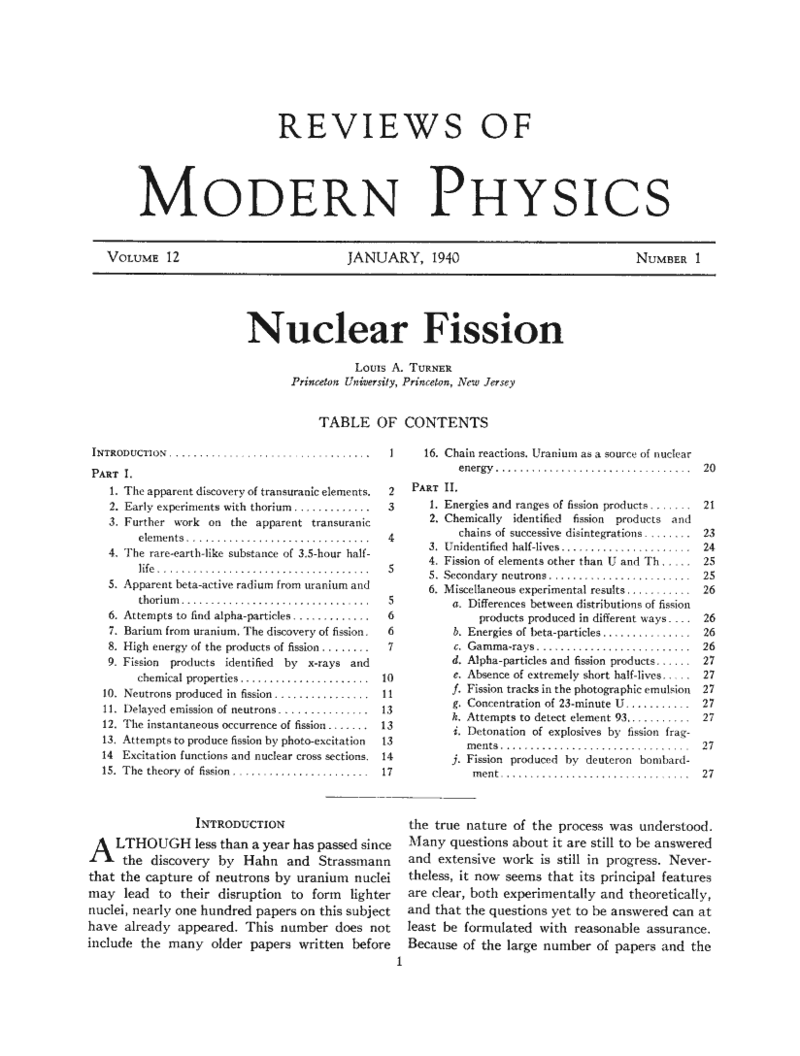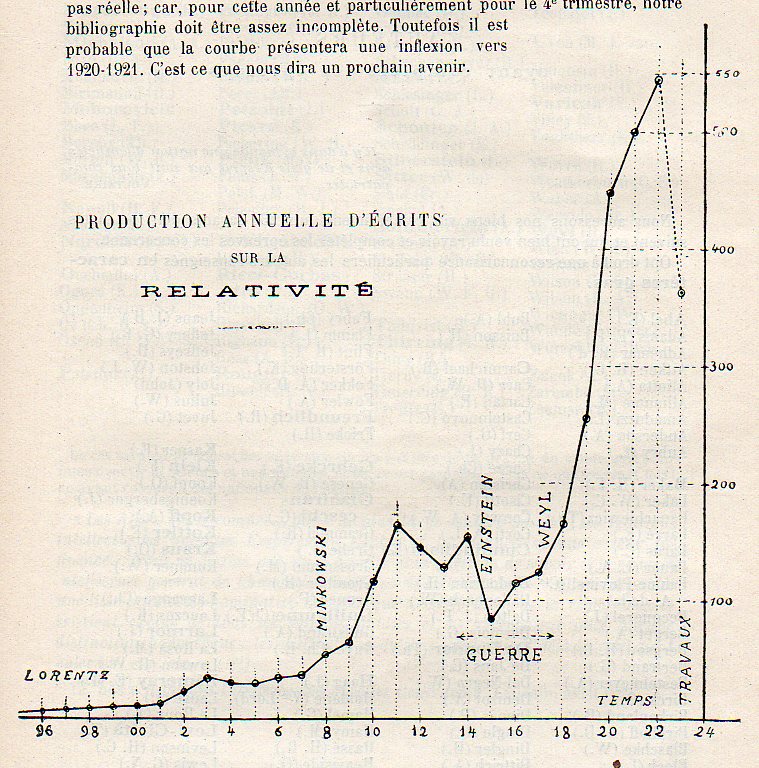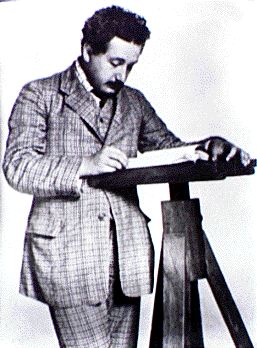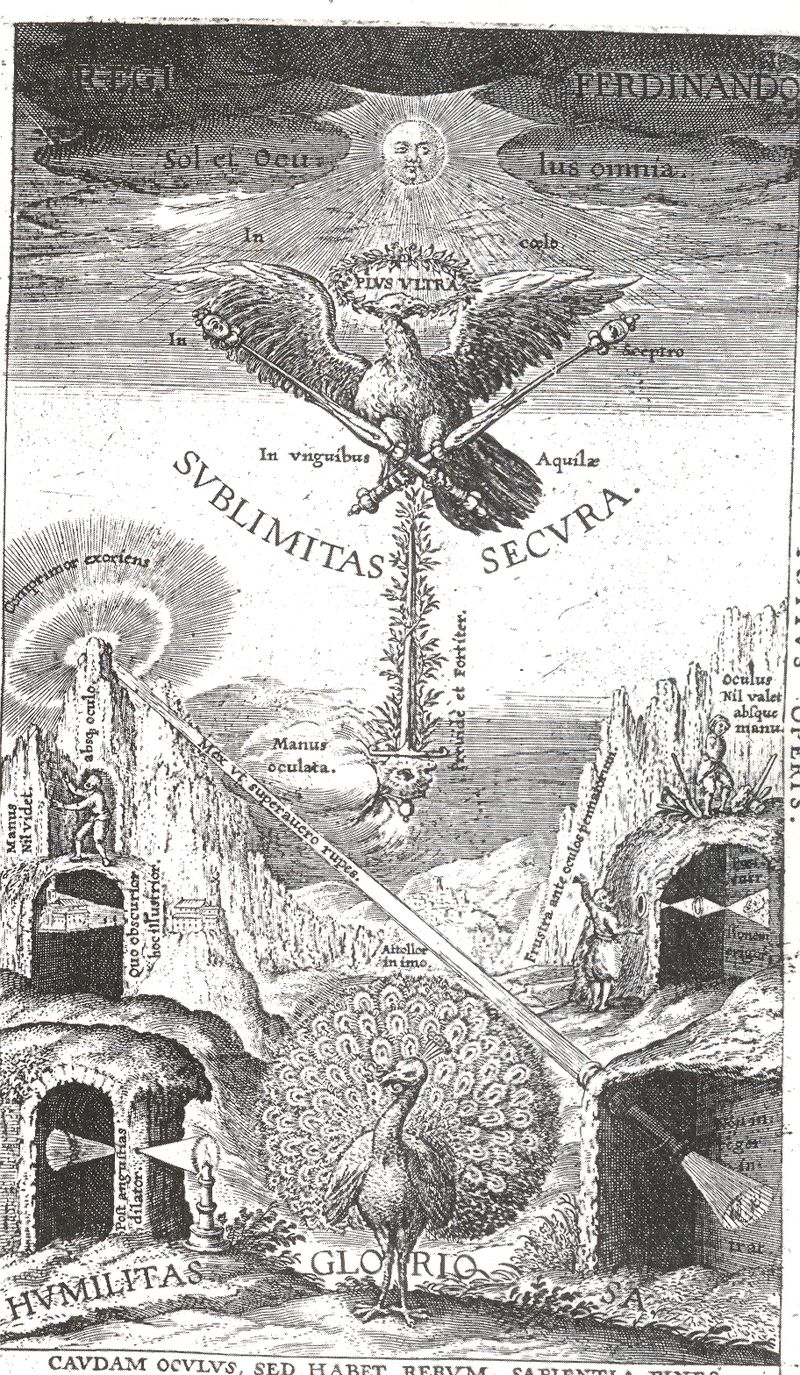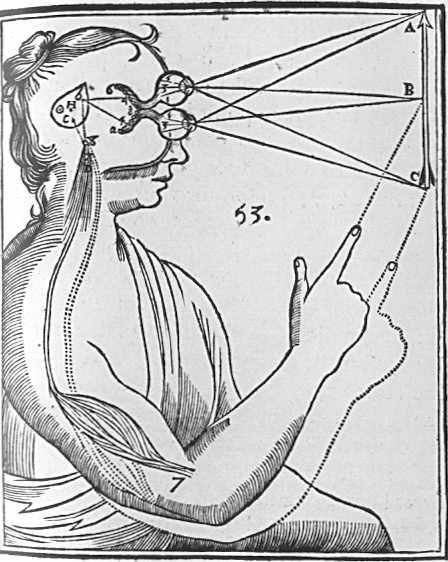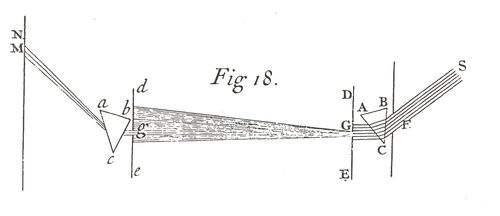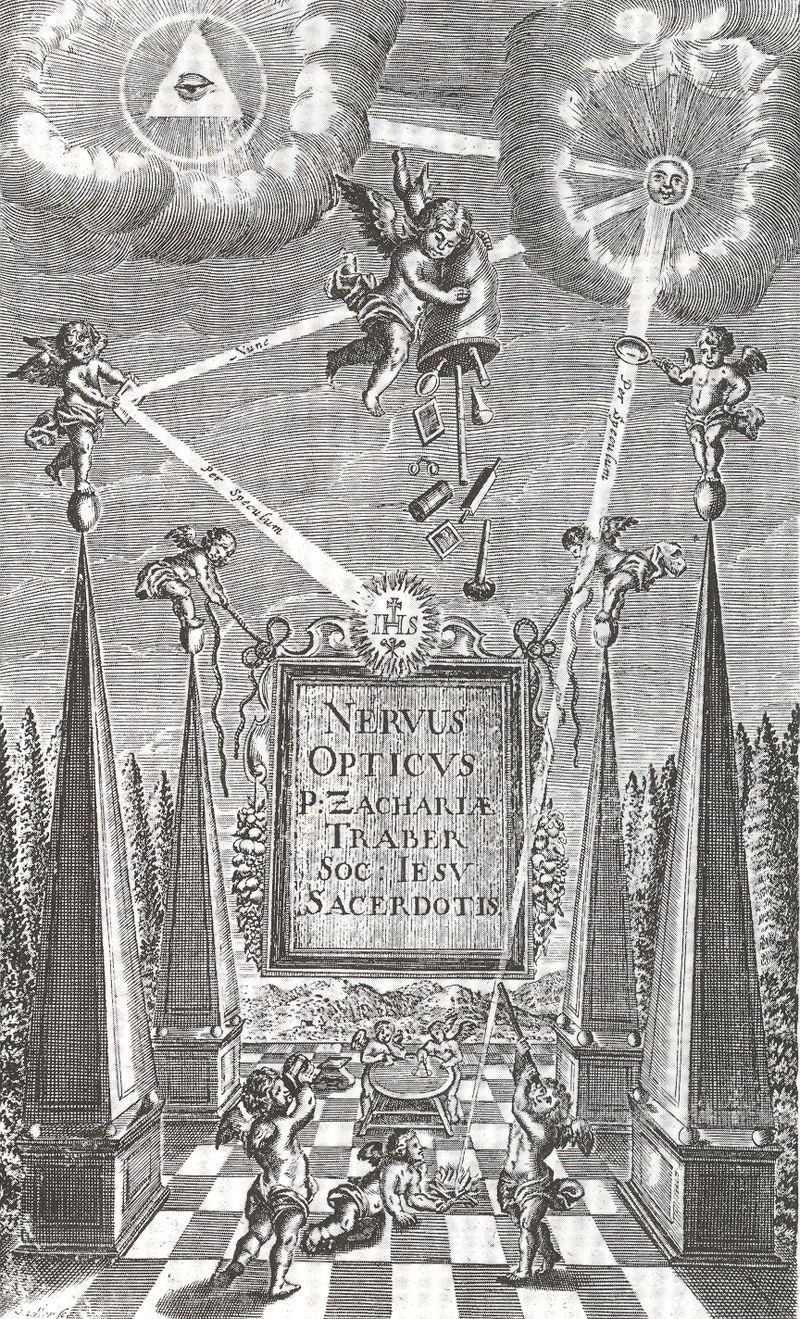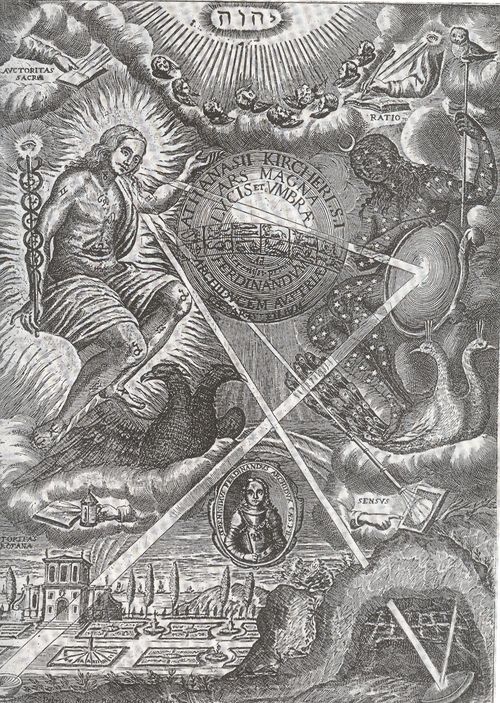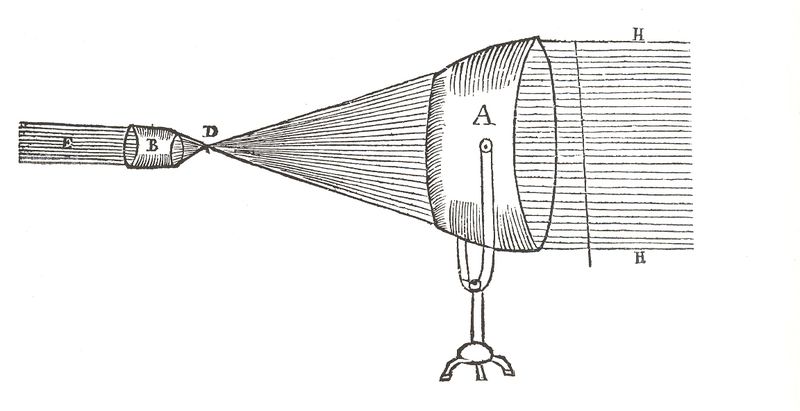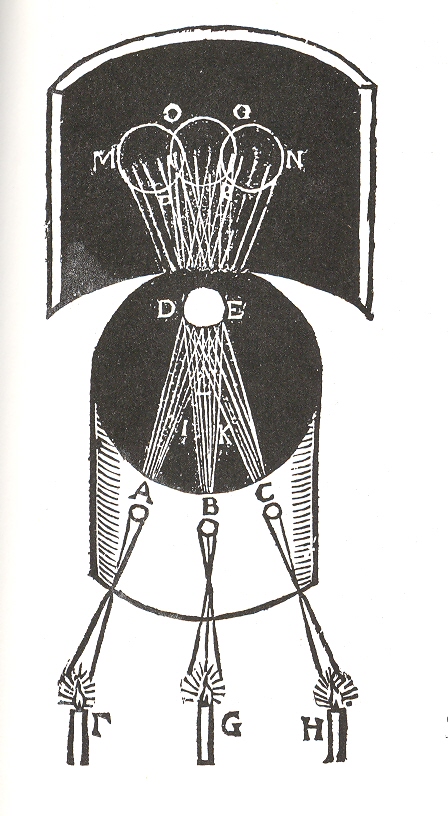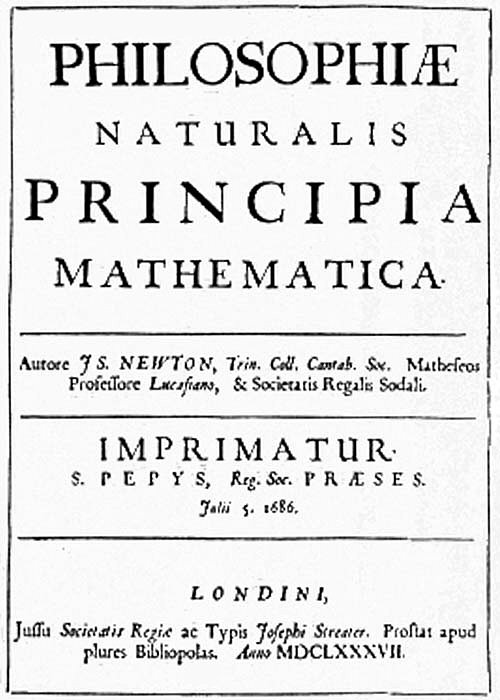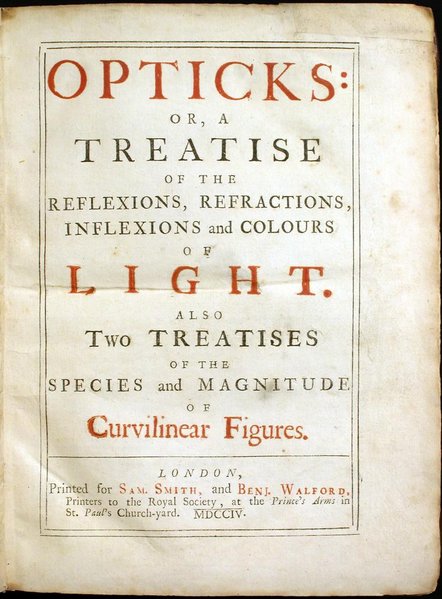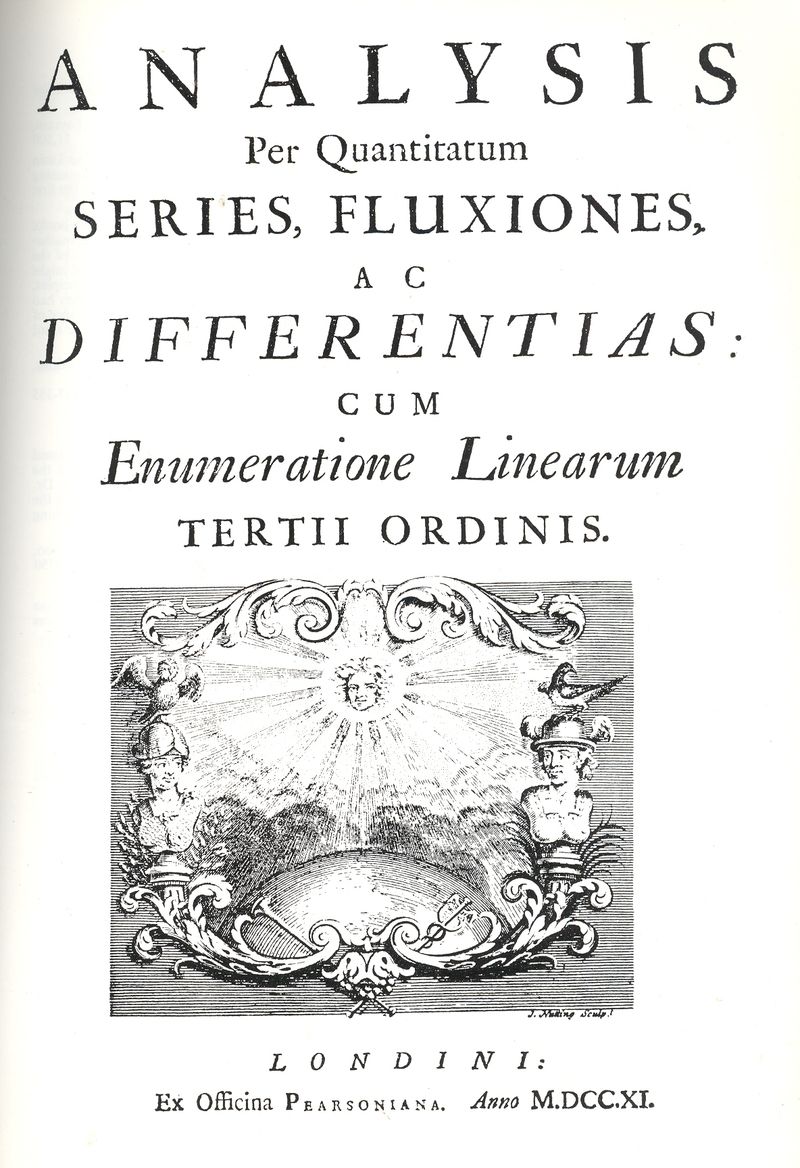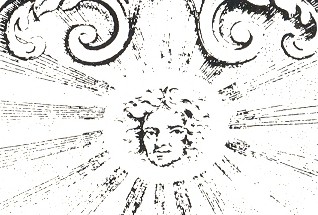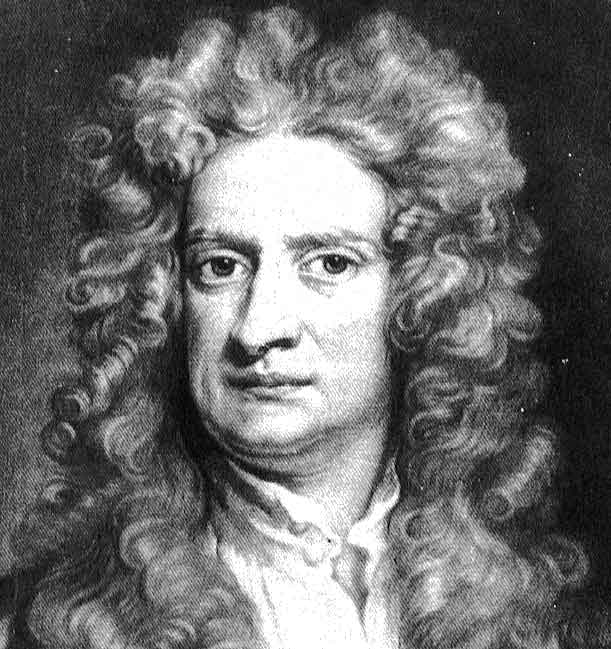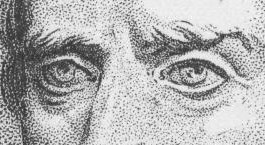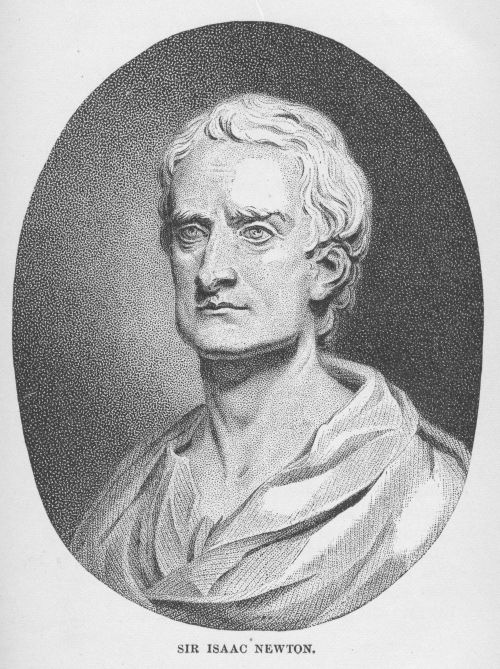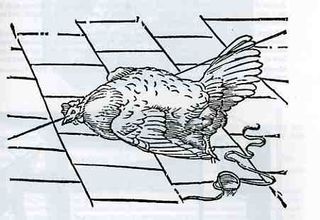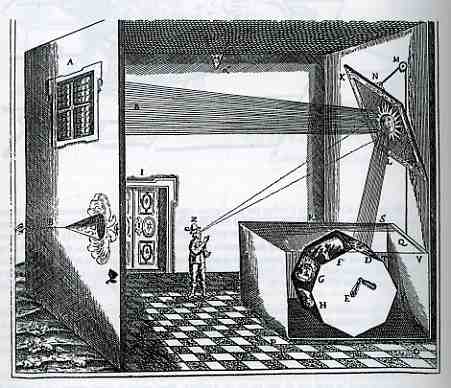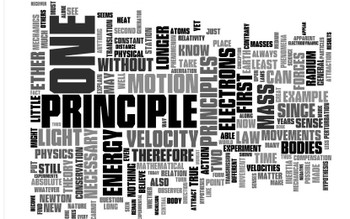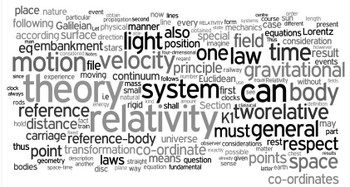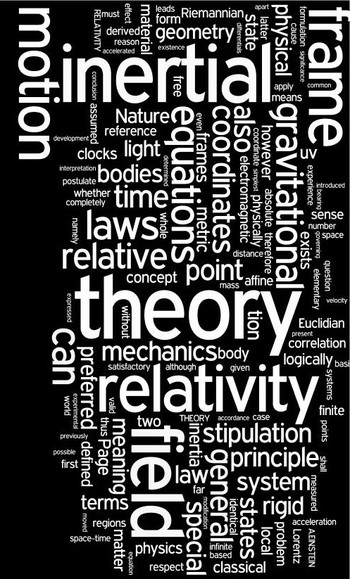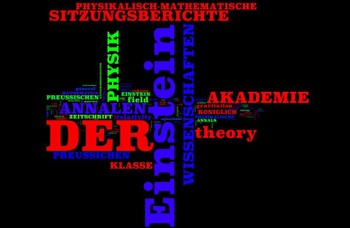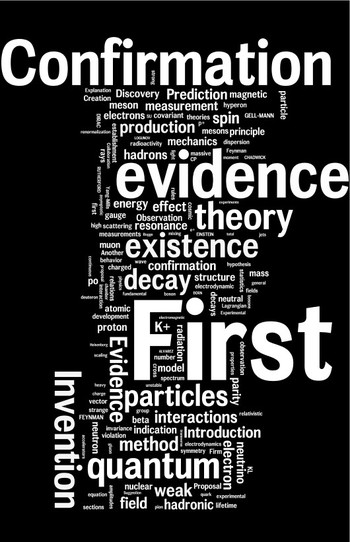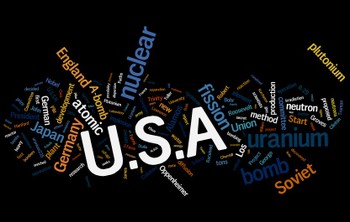JF Ptak Science Books LLC Post 761 Blog Bookstore
By “nothing” I mean Einstein’s relative “nothing” of early
1905 compared to the rest of the hard-working, Ph.D. laden physics field in the
major universities of Germany. And
certainly Einstein was nothing and somewhat nowhere in this regard just prior
to his momentous year of 1905*, scrounging around the fringes of the academic
world, working as a patent examiner, trying to get his doctorate hammered out
and accepted.
Then come the summer of 1905, and the dates June 9, July 18, September 26 and November 21—the publication
dates of his four papers in the Annalen der Physik, and with them a new epoch
in the history of physics, a true modernizing, revolutionary effect takes
place.
But Einstein quietly gets his dissertation accepted (and his
degree confirmed in January 1906 from the University of Zurich), and his revolution
is started, absolutely certain of his results, but privately worried about
whether all of it would be as beautiful as Newton ’s theories. The ball is forever set in
motion. And to make a little extra
money, Einstein takes a private student for instruction at the end of the
year. He is 26 years old.
The odd thing (although not odd when explained by Abraham
Pais in any of his three books relating to Einstein) is that Einstein would
remain at the patent office for another four years, though he is promoted to
second class expert in 1907. Einstein
does become a private college lecturer in 1908, but stays with the patent
office until October 1909 (even though he is awarded his first honorary
doctorate in July from the University of Geneva) when he begins work as an
associate prof for theoretical physics at Zurich.
Things speed up for Einstein from this point, and he is
suddenly and rightfully acknowledged as being one of the most important
thinkers in the field of physics in the world by being invited to the
ultra-exclusive Solvay Conference for theoretical physics in 1911. (By the time of the conference, Einstein
had been a professor at the German University in Prague, in 1910.) At 32
he is the youngest person there, surrounded by some of the best minds in the
business.
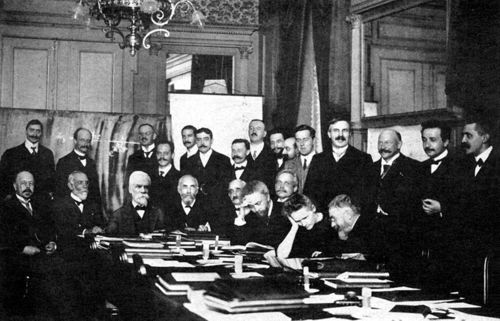
[Invited attendees for the 1911
Solvay Conference at the Hotel Metropole. included Seated
(L-R): W. Nernst, M.
Brillouin, E. Solvay, H.
Lorentz, E. Warburg, J. Perrin, W. Wien,
M. Curie,
and H. Poincaré. Standing (L-R): R. Goldschmidt, M. Planck,
H.
Rubens, A. Sommerfeld, F. Lindemann, M. de Broglie, M.
Knudsen, F. Hasenöhrl, G. Hostelet, E. Herzen, J.H. Jeans, E.
Rutherford, H. Kamerlingh Onnes, A.
Einstein and P. Langevin.]
Einstein is evidently not moved by the proceedings, writing
that he had heard “nothing new”, at least at the formal meetings. The conference was for a full week,but since
everyone was staying at the same hotel (which would’ve been a pretty potent
address for that week) I assume that a lot was discussed in private—evidently Einstein
was extremely quiet during the official proceedings, but became animated in
private, post-conference conversations.
My point for this post, really, is quite simple—the extraordinary
academic rise in Einstein’s fortunes during the 1909-1911 period, captured in
this famous photo. Einstein was a bona fide powerhouse (the powerhouse) by this point, what with
his revolutionary 1905 papers, plus the blockbusters of 1906, 1908 and 1911,
and still yet getting stronger. (Incidentally, I always wondered about Einstein’s
hand position in photos like this, showing one hand seemingly forming a neat
zero with index and thumb. Actually, that hand is in the same position for this
photo and for the other Solvay Conferences that Einstein attended (the 2nd,
5th and 6th)—the mystery for me was solved by my friend
Dr. Raymond Cooper, who pointed out to me that it was just Einstein holding his
pipe.
*It really is hard to overstate the importance of Einstein’s
efforts in this year. Really.
The four papers in volume 17 of the Annalen der Physik:
-Über einen die Erzeugung und Verwandlung des Lichtes
betreffenden heuristishen Gesichtspunkt, (“On a Heuristic Point of View
concerning the Production and Transformation of Light.”) being the photoelectricity/quantum
of light paper, received March 18 and published June 9.
-Die von der molekularkinetischen Theorie der Wärme geforderte Bewegung von
in ruhenden Flüssigkeiten suspendierten Teilchen, (“On the Movement of
Small Particles Suspended in Stationary Liquids Required by the Molecular-Kinetic
Theory of Heat”), being the Brownian
Motion of particles/atomic theory paper, received May 11, published
July 18.
-Elektrodynamic bewegter Körper, (“On the Electrodynamics of Moving
Bodies”), being the special relativity theory paper,. received
June 30 and published 26 September.
-Ist die Trägheit eines Körpers von seinem Energieeinhalt
abhängig? (“Does the Inertia of a Body Depend upon Its Energy Content?”),
being the mass-energy equivalence paper (and the kernel of E=mc²),
received September 27 and published November 21.
A List of the Solvay Conferences (the number, followed by
its year, a translation of the title of the conference, and the conference
chair):
